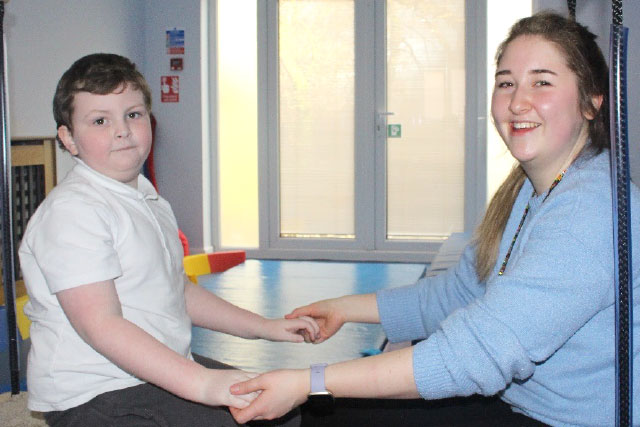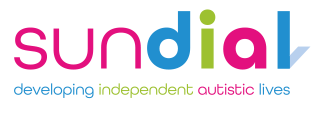Our Occupational Therapy Team focuses on function in everyday life. We aim to develop the skills, independence and well-being of those we work with. We aim to overcome barriers and ensure that everyone can participate in the activities that are meaningful and important to them.
We aim to develop skills that will support a person throughout their school/college life and beyond into the community.


Occupational Therapists may provide support with:
- Sensory Processing
- Fine and Gross Motor Skills
- Motor Planning and Motor Coordination
- Functional skills
- Executive functioning skills
- Visual Motor Integration and Visual Perception Skills
Students and learners at Wargrave House School and Ascent College will receive Assessment from OT, and a bespoke Therapy plan will be devised providing embedded, targeted or intensive support. We work collaboratively with a range of professionals and communication partners.


